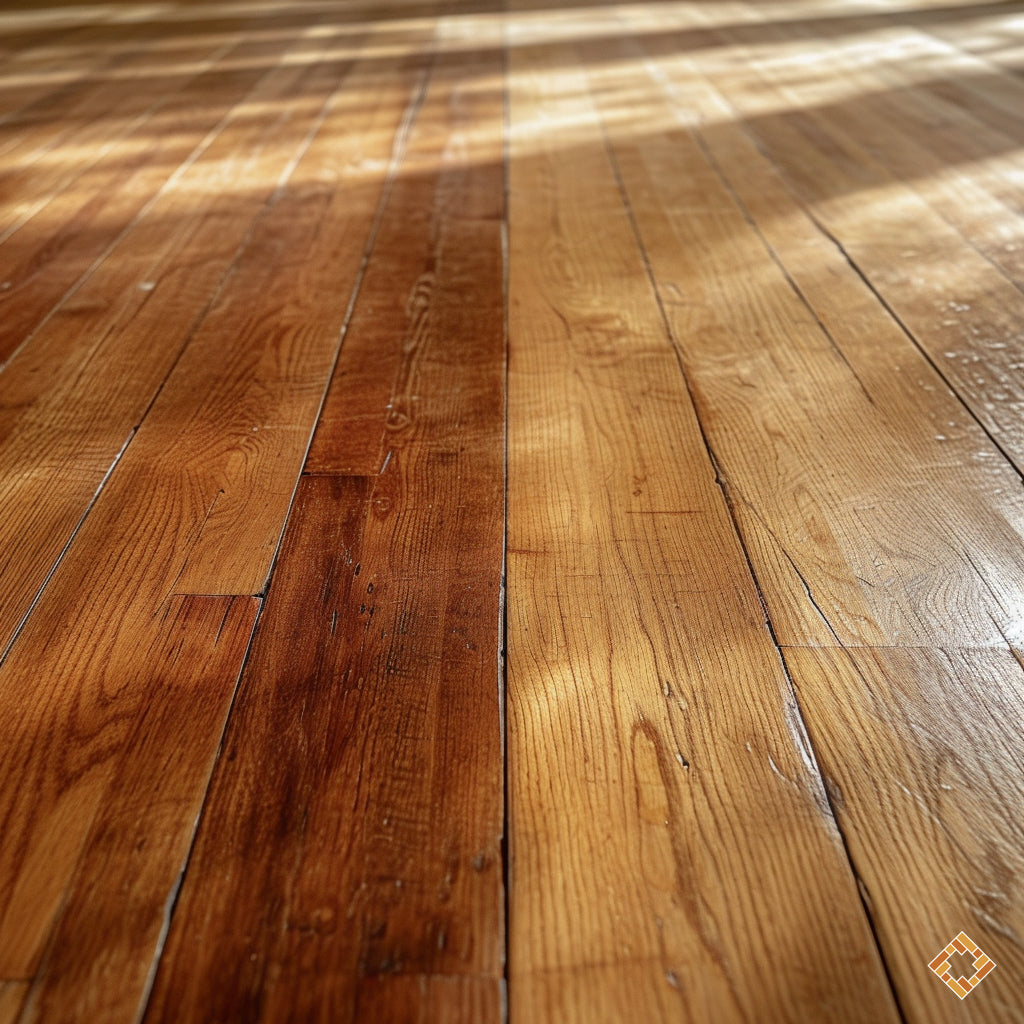The Difference Between Varnishing and Oiled Finish: How to Choose the Best for Your Floors
When contemplating renovating your wooden floors, you face a critical choice: varnishing or an oiled finish. These two options offer unique advantages, but they differ significantly in terms of appearance, durability, and maintenance. At Plancher Deluxe, we understand the importance of making the right choice for your floors, which is why we will explain in detail the difference between varnishing and an oiled finish so you can make an informed decision.
Varnishing: Shine and Durability
Varnishing is a process that involves applying a protective layer of varnish to the surface of your wooden floor. This layer creates a robust barrier that shields the wood from scratches, wear, and stains. Here are some of the advantages of varnishing:
- Shine: Varnish gives your floors a shiny and smooth appearance, which can add a touch of elegance to any room.
- Durability: Varnished floors are resistant to everyday wear and tear, making them an excellent choice for high-traffic areas.
- Ease of Maintenance: Varnished floors are easy to clean and maintain. A simple sweep and wipe are usually sufficient to keep them in perfect condition.
However, it's important to note that varnishing can mask the natural texture of the wood, as it creates a uniform surface. If you appreciate the natural look of wood, you might consider other options.
Oiled Finish: Authenticity and Warmth of Wood
On the other hand, the oiled finish is designed to showcase the natural beauty of the wood. It involves applying special oil to the wood, penetrating into the fibers to give it an authentic and warm appearance. Here are the advantages of an oiled finish:
- Natural Appearance: The oiled finish preserves the texture and natural look of the wood, highlighting its unique characteristics.
- Easy Repair: In case of minor damage, the oiled finish can be locally repaired without the need to sand and varnish the entire floor.
- Ease of Repair: In case of minor damage, the oiled finish can be locally repaired without the need to sand and varnish the entire floor.
However, it's important to note that an oiled finish requires more frequent maintenance than varnishing. You'll need to periodically apply oil to maintain the wood's protection.
How to Choose Between Varnishing and Oiled Finish?
The choice between varnishing and an oiled finish depends on your personal preferences, the intended use of the room, and the maintenance you're willing to perform. Here are some points to consider to help you decide:
- Appearance: If you love the natural and warm look of wood, an oiled finish is likely the best choice. If you prefer a shiny and uniform appearance, varnishing is the practical solution.
- Usage: If you have children or pets, and the room experiences heavy traffic, varnishing may offer better resistance to scratches and stains.
- Maintenance: If you're willing to regularly maintain your floors to preserve their beauty, an oiled finish may be suitable. If you prefer a low-maintenance option, varnishing is more practical.
Seek Professional Varnishing and Oiled Finish Services
At Plancher Deluxe, we are experts in varnishing and oiled finish for floors. Our team of skilled professionals will guide you in choosing the best option for your specific needs. We use top-notch techniques and high-quality products to ensure outstanding results.
Conclusion
Ultimately, the choice between varnishing and an oiled finish depends on your personal preferences and the intended use of the room. Both options offer unique advantages, whether it's the shine and durability of varnishing or the authenticity and warmth of an oiled finish. At Plancher Deluxe, we're here to help you make an informed decision and transform your floors into true works of art. Contact us today to discuss your varnishing and oiled finish needs.

